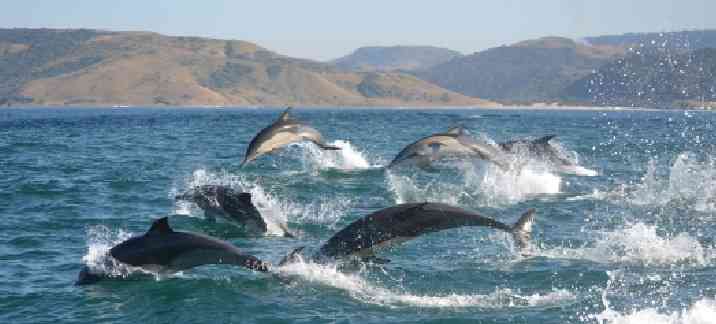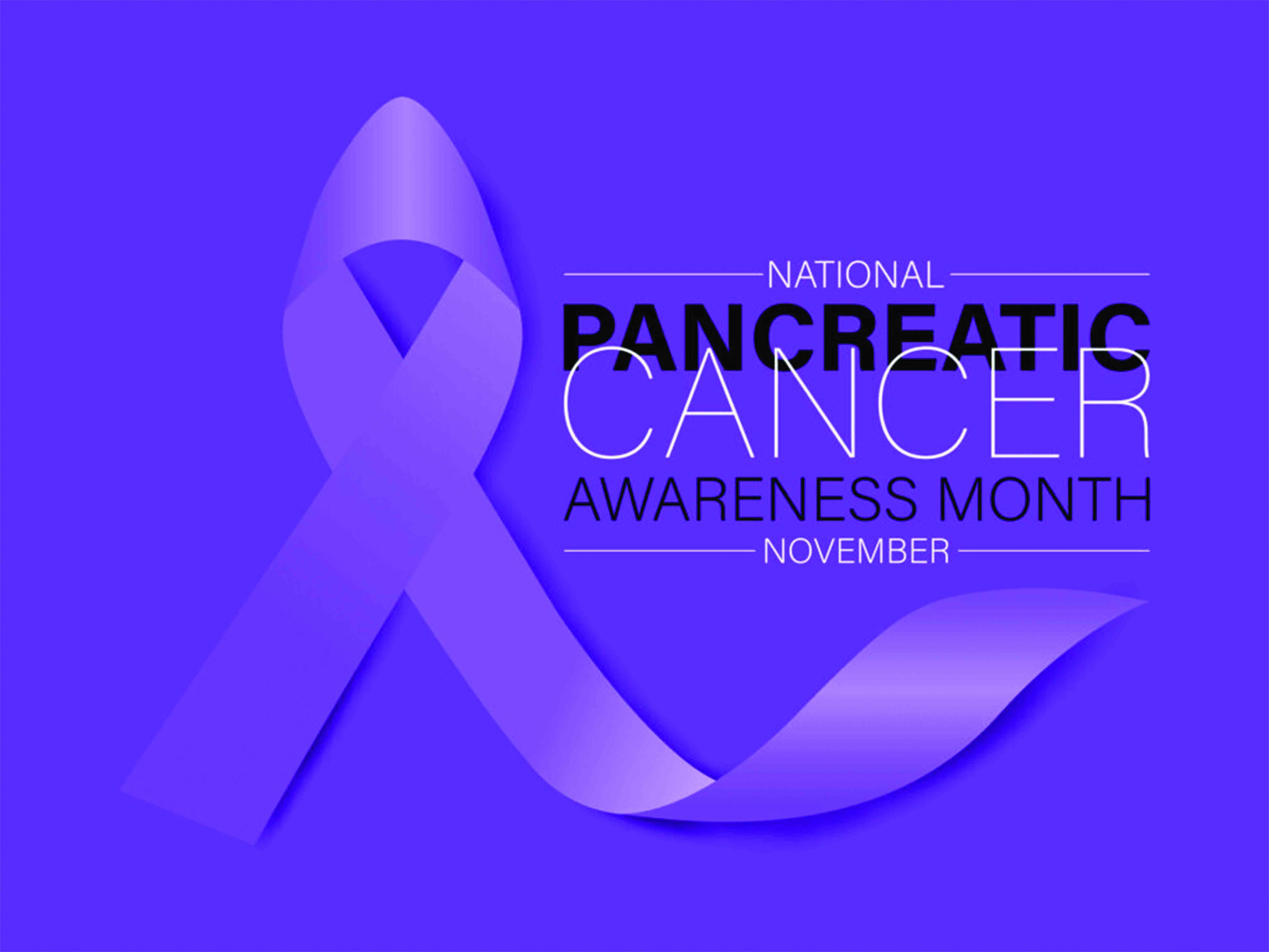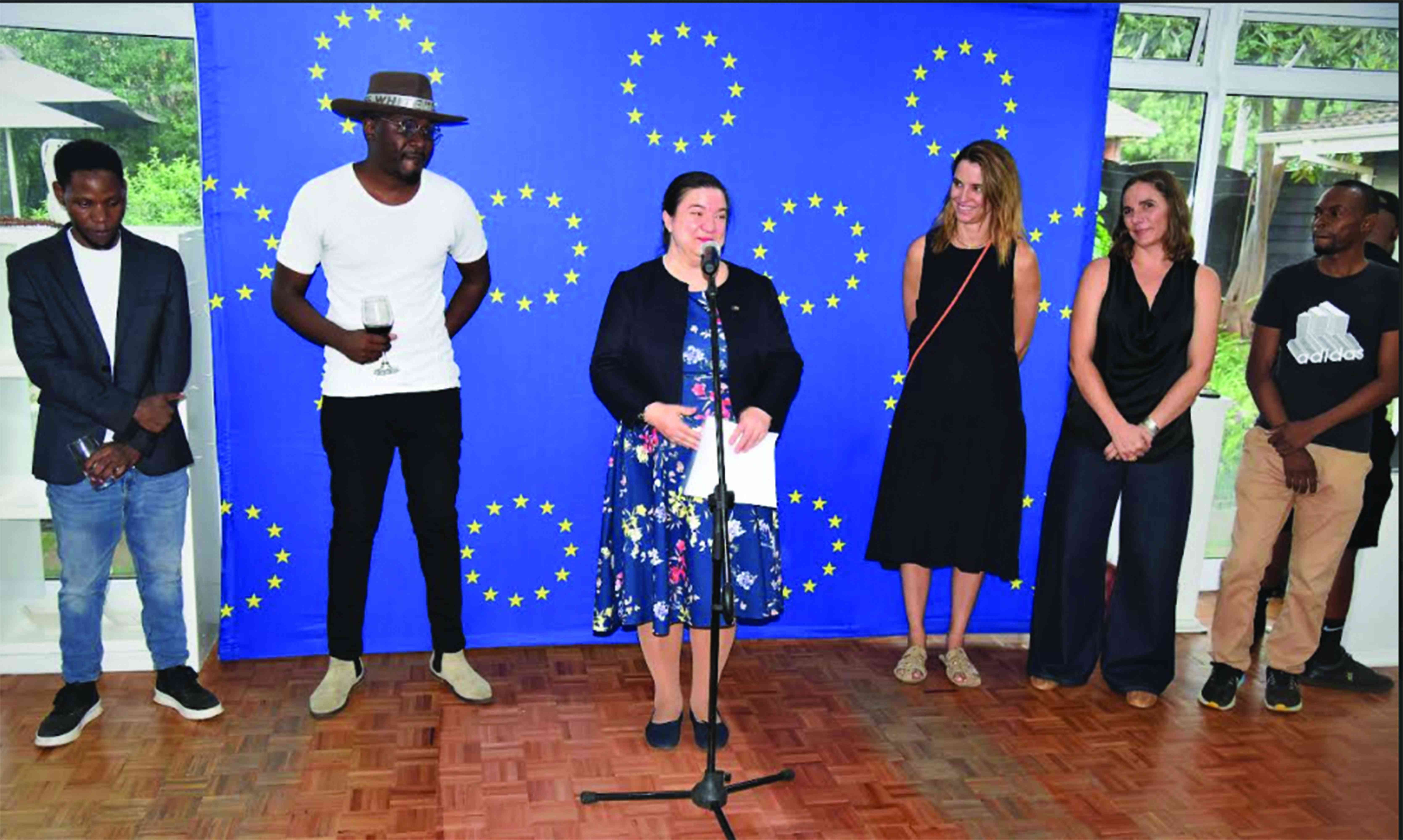
From ancient rock art and epic mountain trails to spicy food scenes and safaris without the crowds, South Africa overflows with sights and activities for tourists. Yet, despite the country being nearly twice the size of Texas, just two destinations dominate tourists’ agenda: the coastal city of Cape Town and the famous Kruger National Park.
They are undeniable highlights, but tourists are missing out by not traveling further afield.
“It’s a crying shame,” says Helen Bolton, head of sales at New Frontiers Tours, a South African business to business tour operator. “Because the rest of the country is amazing. You don’t even need to go far off the beaten track.” Here are must-see experiences travelers should consider adding to their itinerary when visiting South Africa.
- Greet the heat with a Durban bunny chow
Possibly South Africa’s most well-known dish, the bunny chow has its roots in Durban, the country’s third-largest city, on the east coast. A hollowed-out bread loaf filled with curry, the bunny chow is thought to have been created by members of the city’s large Indian population as a takeaway or to-go meal in the 1940s.
Justin Perumal, founder of Wild Routes Africa, which runs Durban day tours, claims that “as a Durbanite of Indian descent,” he knows his stuff. “Nothing slaps more than a Gounden’s bunny,” he says, suggesting CaneCutters at tourist-friendly Umhlanga Rocks as a close second. “Trust me, I’ve tried them all!”
- Hang ten at Jeffreys Bay
On the Eastern Cape’s southern coast, about an hour’s drive from the city of Gqeberha, Jeffreys Bay is known for its iconic right-hand pointbreak, Supertubes — a fixture on the World Surf League’s Championship Tour. J-Bay is not only for die-hard surfers. Etienne Venter founded Jeffreys Bay Surf School in 2000.
“You can be surfing Supertubes, one of the best waves in the world, or two kilometers down the road, you can learn at probably one of the best learn-to-surf beaches in South Africa,” says Venter, who recommends a post-surf lunch at Kitchen Windows, overlooking the bay.
- Hike the Drakensberg
A range of jagged peaks named after its dragon-back likeness — its Zulu name, uKhahlamba, means “barrier of spears” — the Drakensberg runs more than 600 miles up South Africa’s eastern flank. Caiphus Mthabela guides hikers through the community-managed Mnweni area, along the mountainous South Africa-Lesotho border.
- Record breaker Mpofu revisits difficult upbringing
- Tendo Electronics eyes Africa after TelOne deal
- Record breaker Mpofu revisits difficult upbringing
- Greatkhalister in Comrades Marathon debut
Keep Reading
“The views are beautiful,” he says. “You meet Basotho people with donkeys… at the top of Rockeries Pass, there’s a vulture colony.”
The area’s also home to Tugela Falls, the world’s second-highest waterfall. Save luggage space by hiring your camping gear from Scuttle. Or stay at Cathedral Peak Hotel, where they offer a range of day hikes.
- Safari in the Karoo
Kruger is famed for its bushy landscape and dense wildlife — but a safari in the expansive semi-desert Karoo region that sprawls across inland South Africa is refreshingly different. Samara Karoo is a private reserve of restored farmland in the Eastern Cape.
“It’s an incredible passion project,” says Bolton of New Frontiers Tours. Samara safaris involve tracking cheetahs on foot, watching lions and elephants on game drives, sipping sundowners on a hilltop overlooking vast plains, or sleeping under the night sky in an open-air “star bed”. Flights from Cape Town or Johannesburg to Gqeberha and the 2.5-hour road transfer are complimentary for four-night (or more) stays.
- World-famous sardine run
The sardine run takes place in June and July, when millions of sardines swim up South Africa’s east coast, attracting diving gannets, super-pods of dolphins, shivers of sharks, and even the occasional Bryde’s whale. For divers and snorkelers who can handle long days at sea and chilly conditions, it’s a dream trip.
“I’ve done a lot of diving all over the world and nothing compares to the action you get on the sardine run,” says Walter Bernardis of African Watersports, who’s operated sardine run tours for 35 years.
“Every year is a new surprise. Either you’ve got orca coming through, thresher sharks, or huge mackerel bait balls like we had this year.” He recommends choosing an experienced operator with a dedicated plane to direct the boat to marine life sightings.
- Sutherland’s dark skies
Visiting Sutherland (a four-hour drive from Cape Town) is a truly extraordinary experience, according to Lisa Crause, an observatory scientist at the South African Astronomical Observatory (SAAO). The dark sky conditions in the sparsely populated Northern Cape province are “surpassed only by the Atacama Desert in Chile,” says Crause. It’s also an incredible place for star-gazing and astrophotography. She suggests booking an SAAO tour “when the moon is down and ideally in the middle of winter (June-August), when the centre of the Milky Way is overhead.” — National Geographic.
- Explore Johannesburg’s city center
If you’re flying through OR Tambo International Airport, carve out a day or two for getting to know South Africa’s biggest city. Johannesburg (aka Joburg or Jozi) is hard to beat for its combination of history, culture, restaurants, diversity, and “incredible energy,” says Asanda Daza, Chief Experiences Officer at local hotel brand Curiocity. She recommends an inner-city walking tour that includes the street art and design studios of the Maboneng Precinct, and shows “how the city is continuously reshaped by its people.”
- Listen to Zulu war stories on the battlefields
You don’t have to be a history buff to appreciate the storytelling skills of the guides working on the battlefields of KwaZulu-Natal province, home to the sites of 19th-century Zulu conflicts and the 1879 Anglo-Zulu War, among others. Zulu guides relay stories told by their grandparents and great-grandparents of events such as the decisive victory over the British at the Battle of Isandlwana. “[It was]one of the worst defeats ever suffered by a modern army against Indigenous forces,” says guide Bryan Mncube. Stay at Fugitives’ Drift lodge, about four hours from Durban. You can break up the journey at a safari reserve, such as Babanango.
- Wonder at millennia-old rock art in the Cederberg
Two to three hours’ drive north of Cape Town, the Cederberg is a mountainous area known for its rugged hiking trails. It’s the only place where the fragrant rooibos tea is grown and is home to well-preserved San rock art dating back thousands of years. To see the latter, swing by the Sevilla Rock Art Trail, where a self-guided three-mile trail features nine sites; alternatively, Cederberg Ridge Wilderness Lodge offers guided tours for guests.
- Sip your way through Hemel-en-Aarde
Two hours east of Cape Town, veer off the Whale Coast—named, of course, after the oft-spotted marine mammals—and you’ll find Hemel-en-Aarde (Heaven and Earth). This wine valley isn’t as popular as Stellenbosch and Franschhoek, but it’s home to some of South Africa’s best wineries for pinot noir, sauvignon blanc, and chardonnay. Go for tastings, restaurants (Creation’s is a must-visit), and stellar views. Join a hop-on-hop-off wine safari—no designated driver required.











